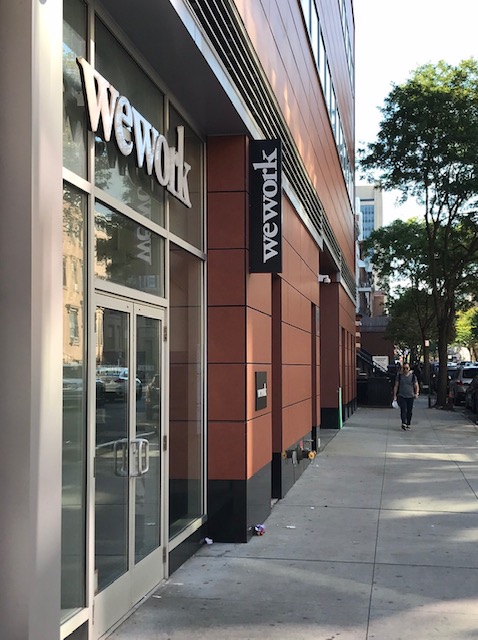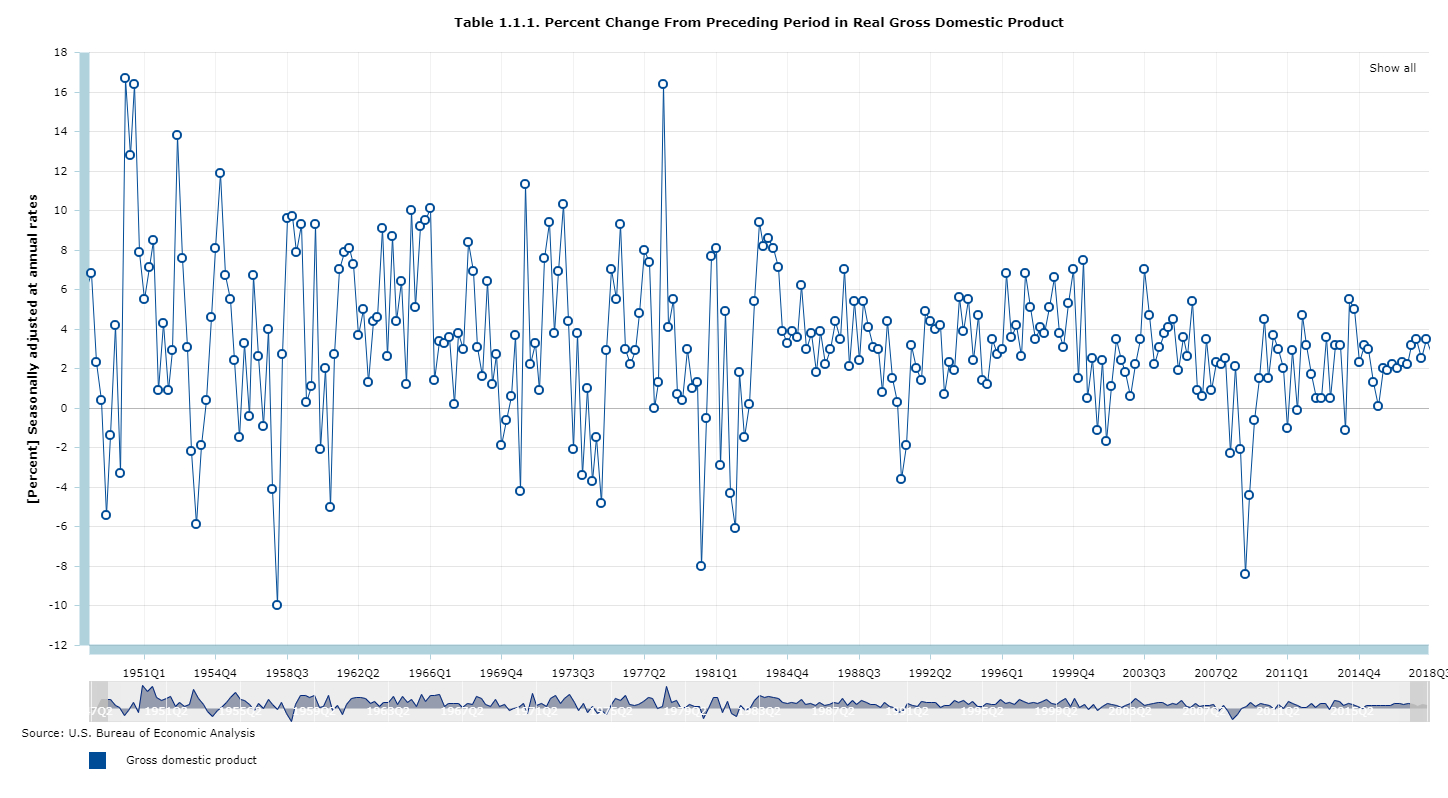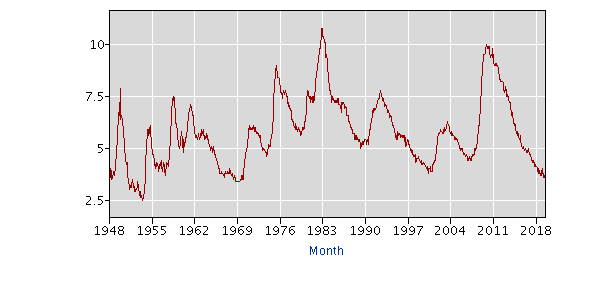I just finished reading Netflix founding CEO Marc Randolph’s That Will Never Work: The Birth of Netflix and the Amazing Life of an Idea. While it trails off a little towards the end, I highly recommend it, both for investors and aspiring entrepreneurs.
At a time of peak cynicism about the companies/IPOs coming out of Silicon Valley, Randolph’s “memoir” of the DVD rental-cum-streaming service’s early years offers a timely case study of an idea that not only worked but overcame many of the challenges/issues that have plagued today’s up-and-coming tech stars.

The book covers the period roughly from the company’s foundations in 1997 to its IPO in 2002, since Randolph bowed out not long after the company went public.
Here are some insights that I took away from reading the book:
- Success is not linear, even for really good ideas. It’s tempting to think the setbacks that startups face reveal some fatal flaw in their business model that will eventually bring them undone. Not really. Netflix had its share of existential moments, not least the tech bust in 2000 which dried up sources of capital and forced the company to put its finances on a sustainable footing and refocus by slashing its staff. But it came back stronger after that setback, as it has done a few times. Luck cannot be underestimated as an element of success either. Netflix got into DVD rentals before/just as DVD players and DVDs began replacing video cassettes, and was lucky that the big electronics manufacturers were prepared to support it (by putting its promotional material in their boxes). Even then it wasn’t clear that online DVD rental would be a success. Later on, Netflix didn’t let success go to its head, recognizing the need to constantly reinvent itself. The company knew that DVDs would not be the preferred format forever and made an early effort to investigate streaming, even when download speeds were too slow to support it.
- Leadership is everything. Already a seasoned and successful tech entrepreneur, Reed Hastings put up much of the early money. But he wasn’t so hands-on until he realized Netflix could be something really big. Hastings comes across in the book as an enigmatic figure (I suspect the full extent of Randolph and Hastings’ relationship is a little sanitized), but an extremely decisive person and someone not afraid to make very tough business decisions or criticize the way the business is run. Randolph often doesn’t agree with Hastings but later accepts that he was right almost every time. Hastings’ track record prompted the VCs to overlook some deficiencies in the company’s pitch, enabling Netflix to get enough early financing.
- Focus on where there is less competition. A key early decision was to ditch DVD sales and focus solely on rentals, even at a time when sales of DVDs were overwhelmingly the company’s largest source of revenue. Hastings and Randolph knew that Amazon (which also offered to buy Netflix early but not for much) would eventually sell DVDs as well as books and margins would collapse. It was much harder for anyone else (even Blockbuster as it turns out) to get into the online DVD rental business, which didn’t really take off until the company introduced a monthly subscription service.
- Balancing scale and profitability is not easy. It is easy to criticize recent IPOs for coming to market before they are showing profits. But businesses that are growing fast and are subscription-based will chew up cash. Netflix was giving away free rentals to new subscribers while collecting only a small amount on a monthly basis from its existing subscribers. Though the book did not mention it, I went back and checked the original IPO filing. Netflix went public when it had 600,000 subscribers and was still to pass through $100m of revenue. It had just reported a $30m quarter so it would have passed through that threshold that year. The company also reported a $4.5m loss in that quarter, but was Ebitda positive and operating cash flow positive. WeWork has a lot more revenue but reports negative operating cash flow. Incidentally, Netflix went public at $15.00 (versus the $13-$15 range) with a $310m market cap, whereas the shares now trade at more than $260.00 each with a $115bn-plus mark cap (the shares traded as high as $386.00 last year). To the extent that WeWork was/is looking to get a $10bn-$47bn valuation, it is a lot harder to see WeWork producing Netflix-like returns (if WeWork ever goes public).
- Nobody knows anything. Randolph cited screenwriter William Goldman for this line, which is saying no one really knows what the future holds. When we see the hype around WeWork and Uber, it is sometimes easy to think their success was pre-destined. Similarly, when analysts and others write them off they are stating an opinion – they may be right but a lot comes down to whether management makes the right decisions about the next steps for these businesses.
- Rules for success. Randolph provided a list of rules for success handed down from his father. These are particularly good for modern kids whose parents are starting to worry they are getting a little too entitled. Here they are: “Do at least 10% more than you are asked. Never, ever, to anybody present as fact opinions on things you don’t know – takes great care and discipline. Be courteous and considerate always—up and down. Don’t knock, don’t complain—stick to constructive, serious criticism. Don’t be afraid to make decisions when you have the facts on which to make them. Quantify where possible. Be open-minded but skeptical. Be prompt.”



